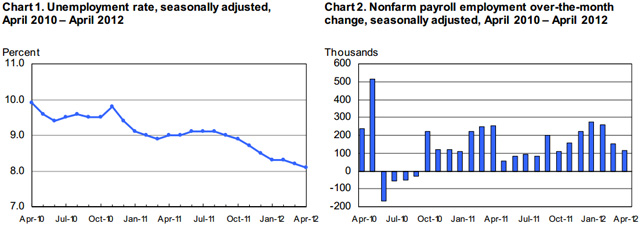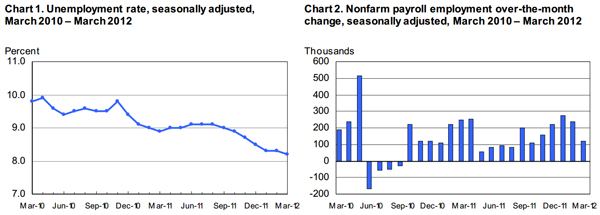In the depths of the recession, as unemployment rates were
rising and everyone knew someone who was being affected, “It’s
better than no job at all” became a common refrain across the
factory floors and offices of America. While it was a poor
retention strategy, it was a worse recruiting strategy and now,
with the economy on the mend, candidates are no longer falling for
it.
“Candidates now know-as much, if not more than hiring
managers-that the market is improving,” says Rob Romaine, president
ofMRINetwork. “Top candidates are getting multiple offers, and
those who don’t like what they hear from one employer are more
frequently willing to wait for another suitor.”
Employment growth was below expectations in March, with just
120,000 positions added compared to more than 200,000 in some
projections. Though, that had followed four months in which more
than a million positions were added collectively. The rate of
growth is expected to remain decidedly slower for the remainder of
the year. However, short of the U.S. economy slipping back into to
a major recession-something almost no economist is projecting-the
labor market is going to remain competitive.
“It’s dangerous to underestimate the competitiveness of the
labor market. Companies are pursuing plans, bidding on business,
and making projections, only to later realize that it is taking
many months for their internal HR departments to fill the roles and
often at higher starting salaries than expected,” notes
Romaine.
The job openings rate has risen from 1.8 percent in the worst of
the recession to 2.5 percent in February. Over the same time, the
hires rate has risen from 2.8 to 3.3 percent, while the separations
rate has fallen from 3.5 to 3.1 percent. While the positions
available and being filled span almost all sectors of the economy,
the bulk of employees being hired share one thing in common:
four-year college degrees.
Since March of 2011, total employment by those with a Bachelor’s
degree or higher has risen by more than 1 million positions. Total
employment by those with less than a Bachelor’s degree, though, has
actually shrunk by 218,000 positions. The unemployment rate for
those in management, professional, and related occupations has
fallen to 4.2 percent, and when you look at more technical fields,
the rate begins to approach full employment.
“Candidates have realized how rare a commodity they are, but
when an employer isn’t making them feel courted, someone else
will,” says Romaine. “It’s not that top performers are demanding
the red carpet treatment during the hiring process, but when they
have multiple offers, the style of the process can be as important
as the substance of the opportunity.”


